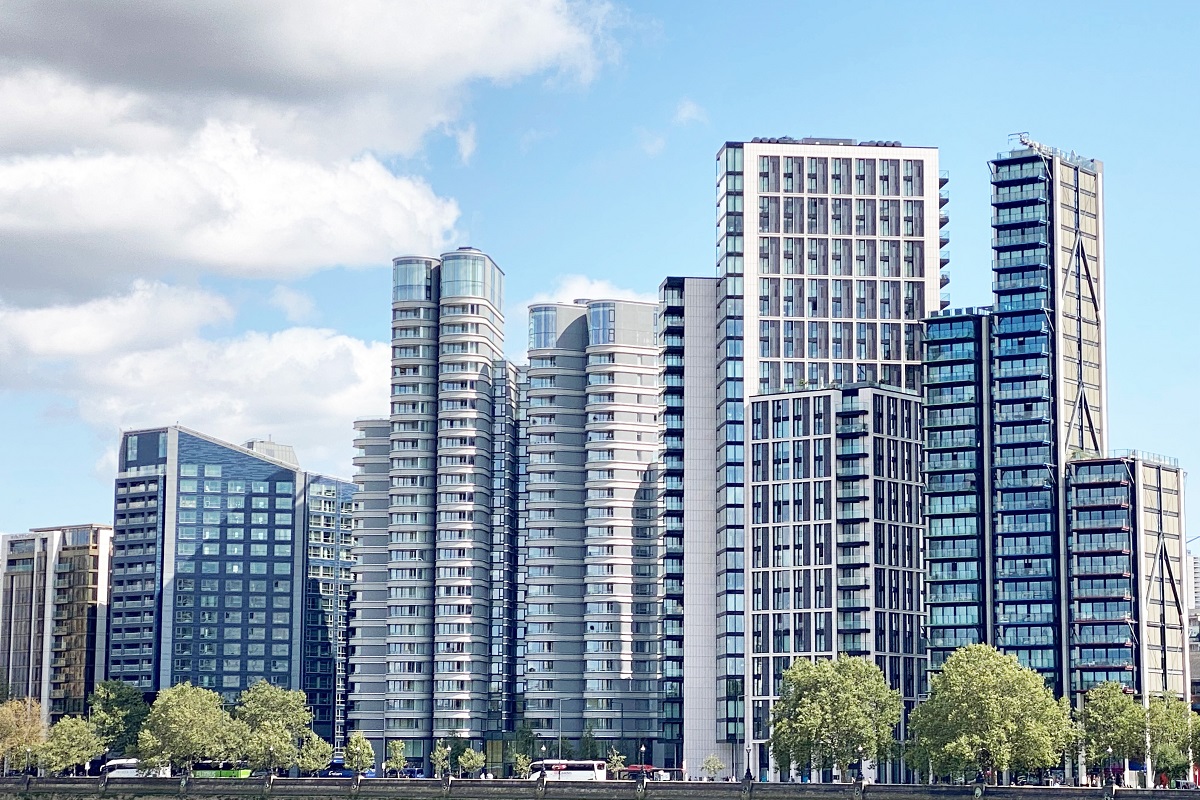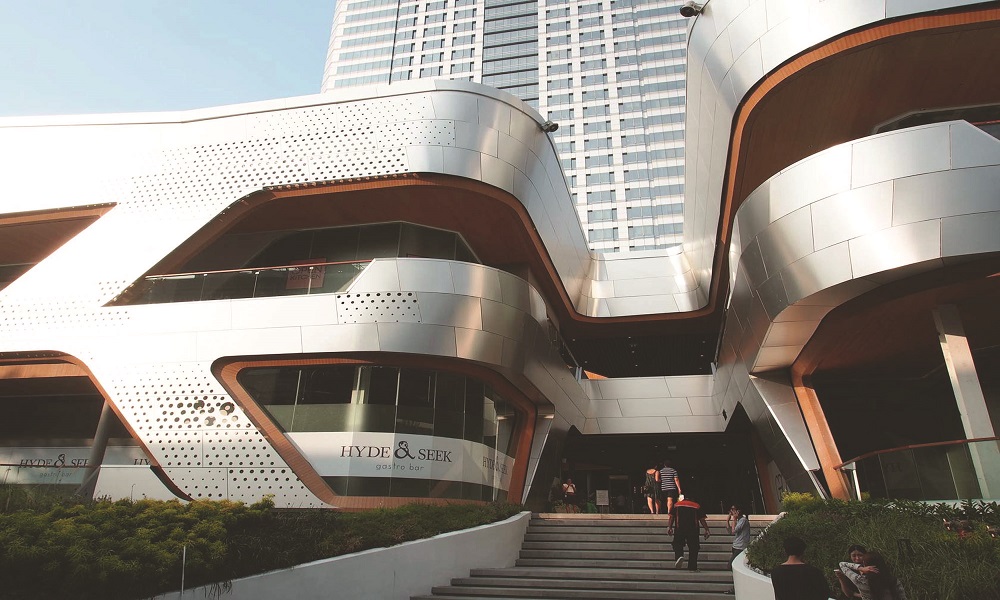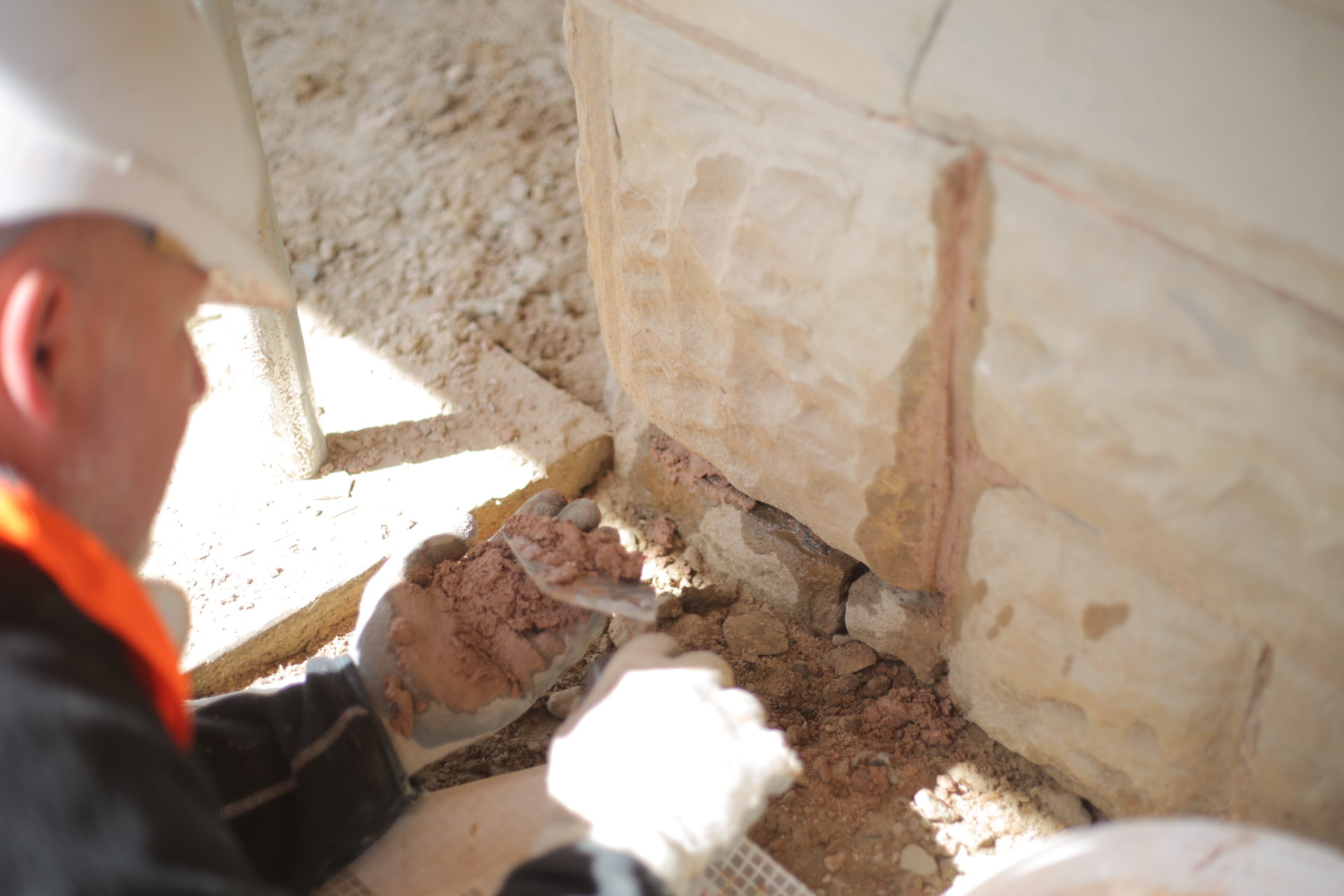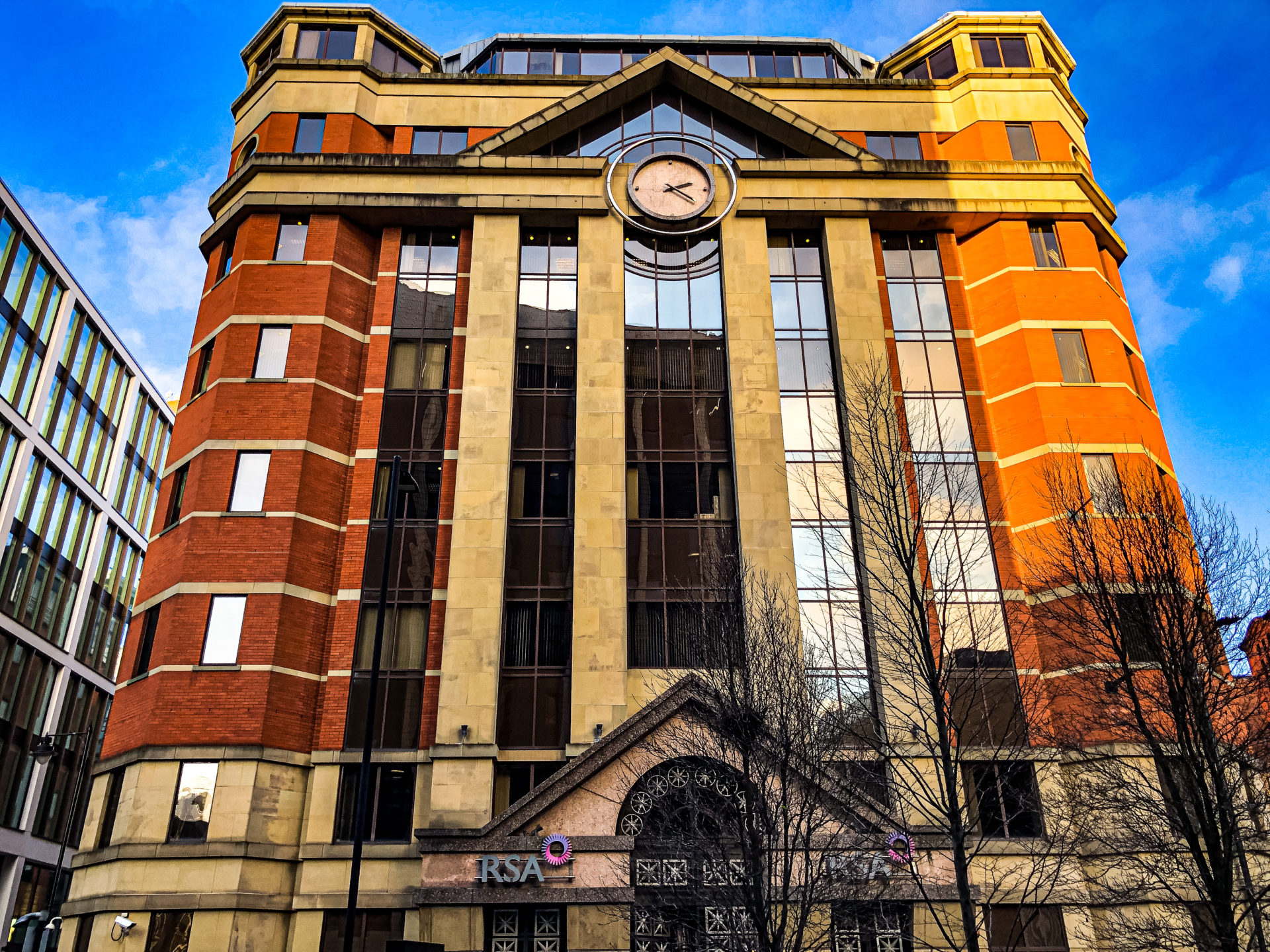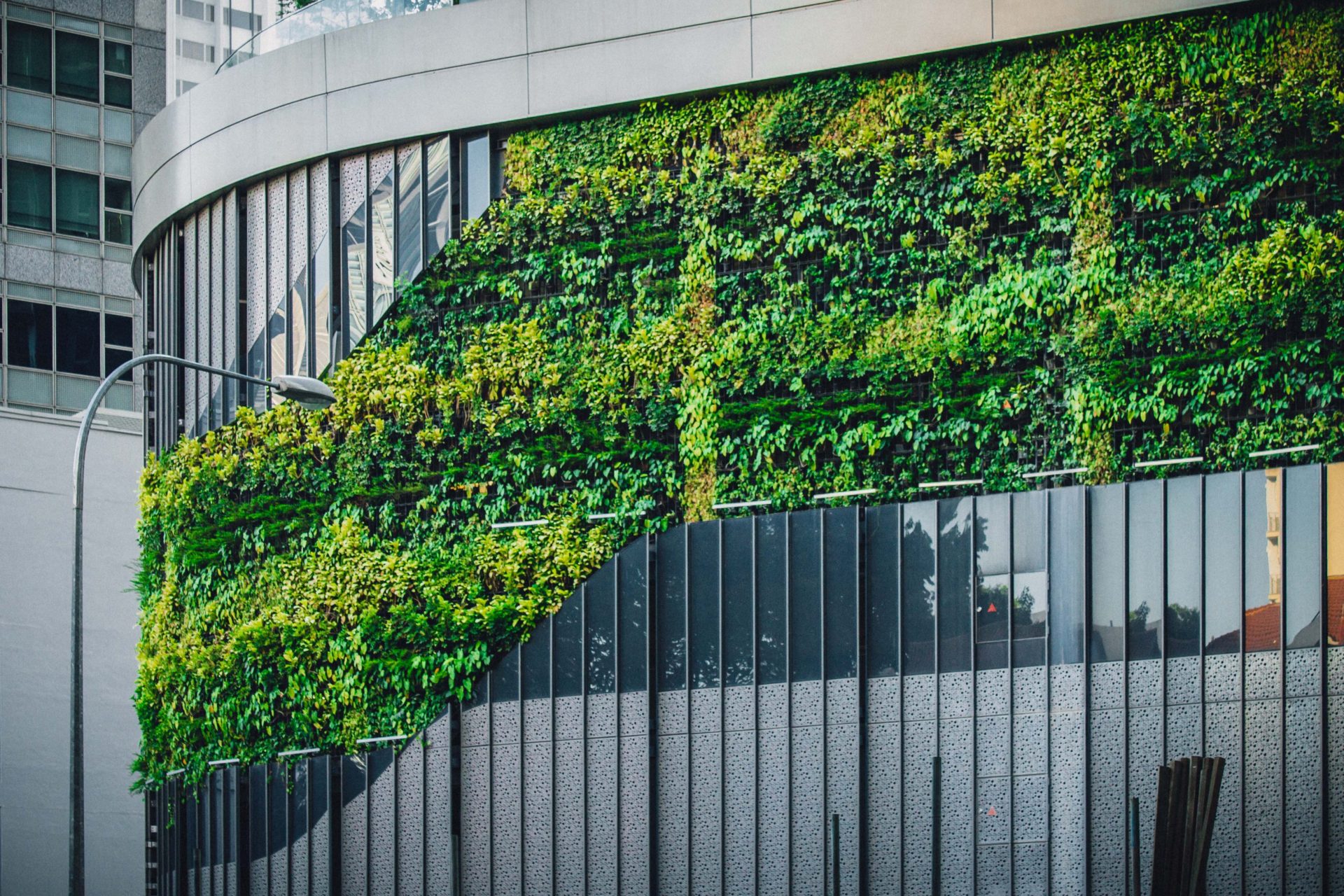Recent history is littered with examples of man reacting to his environs and the argument that a good environment encourages positive social behaviour is pretty compelling.
It was not just the stark philosophy of the Soviet bloc which crushed spirits, it was also the bleak surroundings and regimented architecture which pledged conformity and equality, but in truth offered little hope and may have led to greater psychological ills over successive generations.
Contrast the dull concrete dwellings with the vividly colourful cities of great imagination and enterprise such as Rome, Barcelona and Chicago – home not coincidently to one of the world’s greatest architects Frank Lloyd Wright, a man who created awe-inspiring buildings and who himself inspired artists from other fields, most notably Paul Simon and his memorable, eponymous song in homage to the great man.
Wright believed in designing structures that were in harmony with humanity and its environment, a philosophy he called organic architecture, and this fits snugly with Architectural Determinism – a theory employed in urbanism, sociology and environmental psychology which claims that the built environment can determinate our social behaviour.
There is an ongoing $100million project in Rwanda which is a glowing example of Architectural Determinism and how architecture impacts on lives around the world, giving in the process dignity back to the community that lives in it. The aim of this project is to improve people’s lives through design and rethink the role of architecture to become an engine for better health, economic growth and sustainability.
The message here and throughout the world is that the role of architecture is more than design. Architecture has the capacity to impact key areas of human life.
At Building Transformation we believe that a well-maintained building shapes the feelings and emotions of everyone in the urban landscape – although it is probably unable to force specific behaviour.
In today’s world, more attention needs to be given to environmental psychology, making our cities and buildings more habitable.
Seeing the building as an opportunity to inspire is however only the start. A well-designed space only remains effective if it is well-maintained.
The building envelope remains one of the most important exterior elements for building functionality.
The façade is a component that helps to define the unique architectural aesthetics of the building and is meant to enhance our surroundings.
Building Transformation believes the building façade is the living, breathing skin of our urban landscape, a vital organ that changes and influences emotion, perception and behaviour throughout the surrounding space.
We live in a world where a cared-for built environment can, if we help it, positively influence our feelings and well-being — where the condition, type, design and texture of the external building fabric around us can make us feel safe, secure, valued, welcomed, considered, and even inspired. And it’s up to us to make that change.
Architecture can bring out the best in us and at Building Transformation we aim to keep that feelgood factor topped up by breathing new life, energy and vitality into building skins and cities.
In his FLW eulogy Paul Simon said: ‘Architects may come and Architects may go. And never change your point of view.’
The truth is that architects and architecture can and should change your point of view and we strive to play our part in continuing to future proof buildings for the 21st Century and provide joy and peace of mind.
Perhaps – as was invariably the case in his lifetime – the last word should go to one of the most influential people in British history, Winston Churchill, who said with typical prescience: “We shape our buildings; thereafter they shape us.” Never has this been more true.


